Best Timing for Foundation Repairs

Ways to make Foundation Repairs work in tight or awkward layouts.
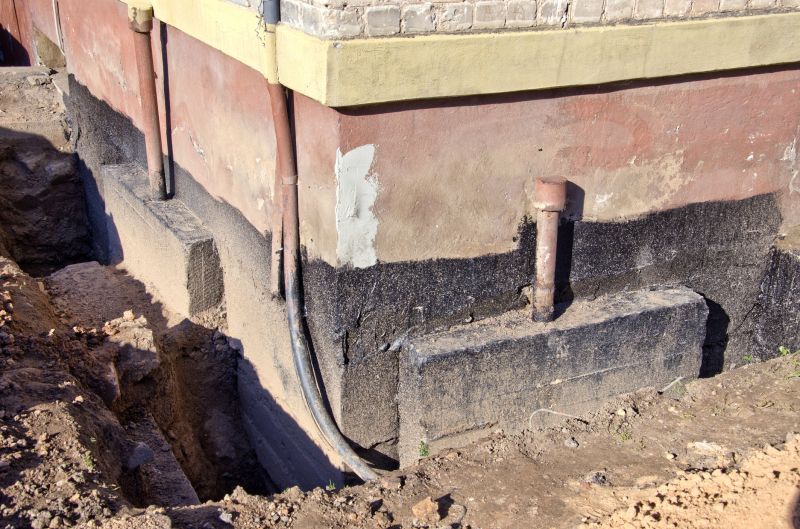
Popular materials for Foundation Repairs and why they hold up over time.
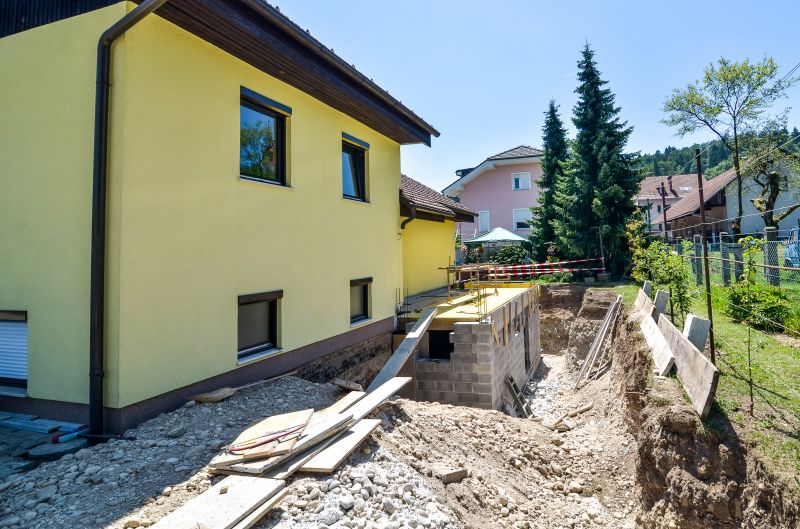
Simple add-ons that improve Foundation Repairs without blowing the budget.

High-end options that actually feel worth it for Foundation Repairs.
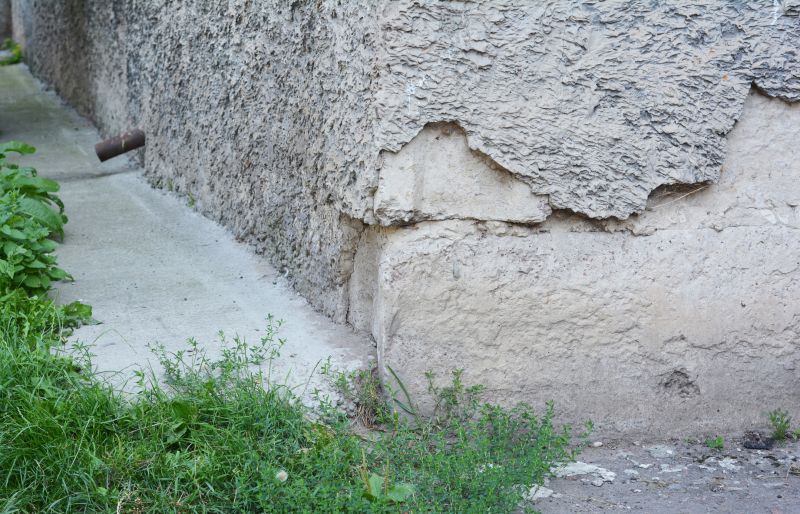
Finishes and colors that play nicely with Foundation Repairs.
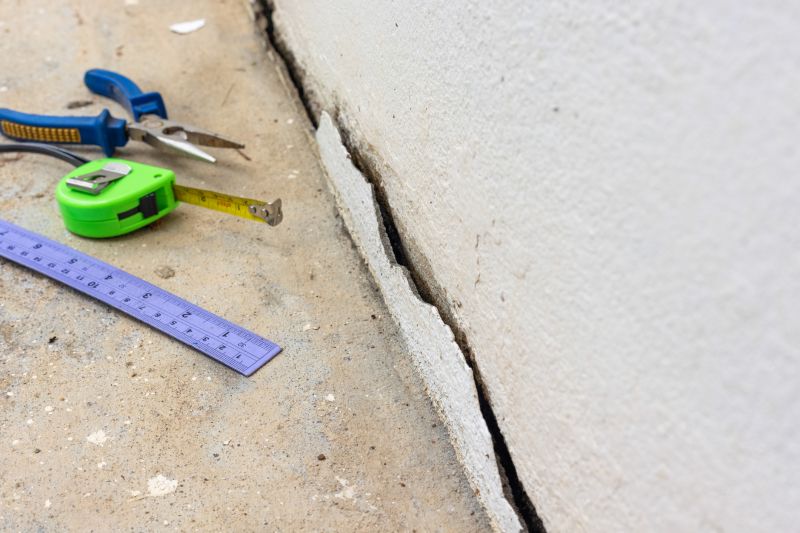
Little measurements that prevent headaches on Foundation Repairs day.
Foundation repairs are most effective when performed during specific times of the year that favor stable ground conditions. The optimal timing depends on local climate patterns and soil types. Typically, the best period for foundation work is during dry, moderate weather conditions, which help ensure proper curing and stabilization. Repair projects during extreme cold or wet seasons may face delays or complications due to ground movement and moisture issues.
In regions with distinct seasons, late spring through early fall often provides the most suitable conditions for foundation repairs. During these months, soil moisture levels are generally balanced, reducing the risk of shifting or heaving that can compromise repair integrity. Additionally, moderate temperatures facilitate the curing process of concrete and other materials used in foundation stabilization.
Spring offers moderate temperatures and manageable soil moisture levels, making it an ideal time for foundation work.
Summer provides warm weather, but excessive heat and dry conditions require careful planning to prevent cracking.
Fall's cooler temperatures and stable ground conditions make it suitable for repairs before winter.
Winter is generally less ideal due to freezing temperatures and soil contraction, but some repairs can be done in mild conditions.
| Season/Condition | Ideal for Foundation Repairs |
|---|---|
| Spring | Yes |
| Summer | Yes, with precautions |
| Fall | Yes |
| Winter | No, unless mild |
| Dry season | Yes |
| Wet season | No, unless conditions are controlled |
Foundation repairs involve stabilizing and restoring the structural integrity of a building's foundation. They are crucial for preventing further damage, maintaining safety, and preserving property value. Common methods include underpinning, piering, mudjacking, and crack repair. The choice of method depends on the extent of damage, soil conditions, and environmental factors. Proper timing ensures that repairs are durable and effective, reducing the likelihood of recurring issues.
Statistics indicate that foundation issues affect approximately 25% of homes in certain regions, often resulting from soil movement, moisture fluctuations, and temperature extremes. Addressing foundation problems promptly can prevent costly repairs later. Regular inspections and early intervention during optimal seasons can significantly extend the lifespan of a building's foundation.
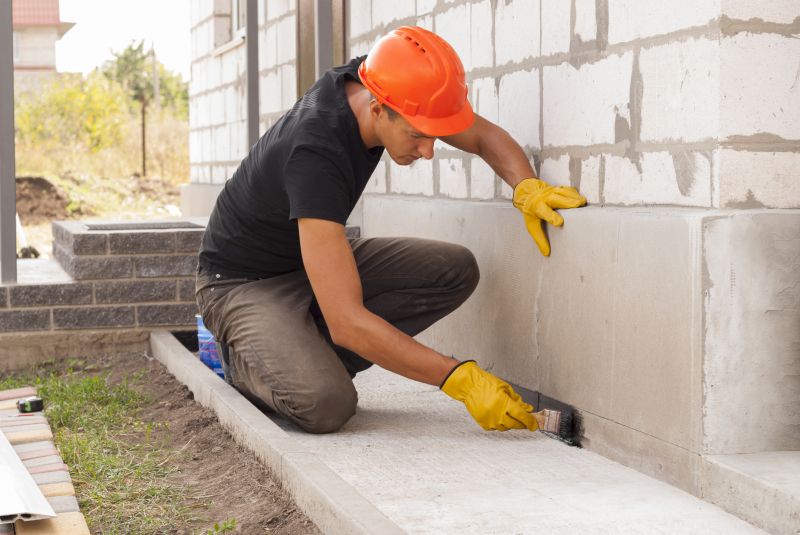
A 60-second routine that keeps Foundation Repairs looking new.

A frequent mistake in Foundation Repairs and how to dodge it.
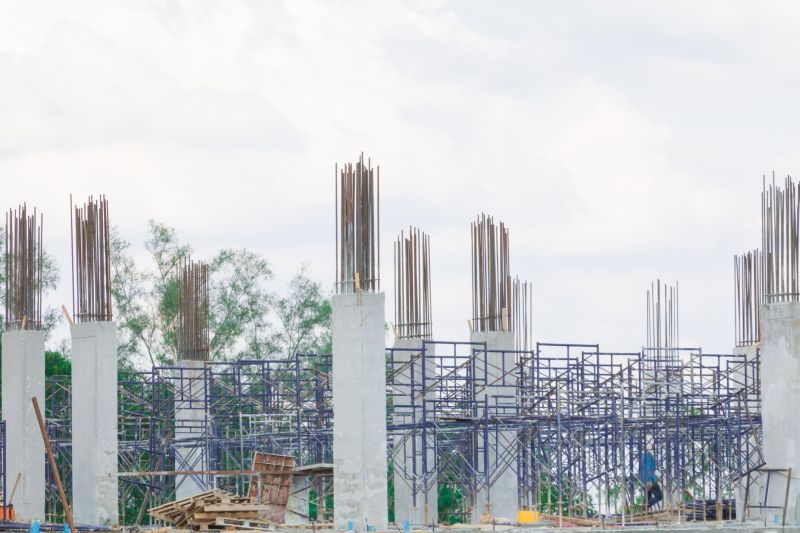
Small tweaks to make Foundation Repairs safer and easier to use.
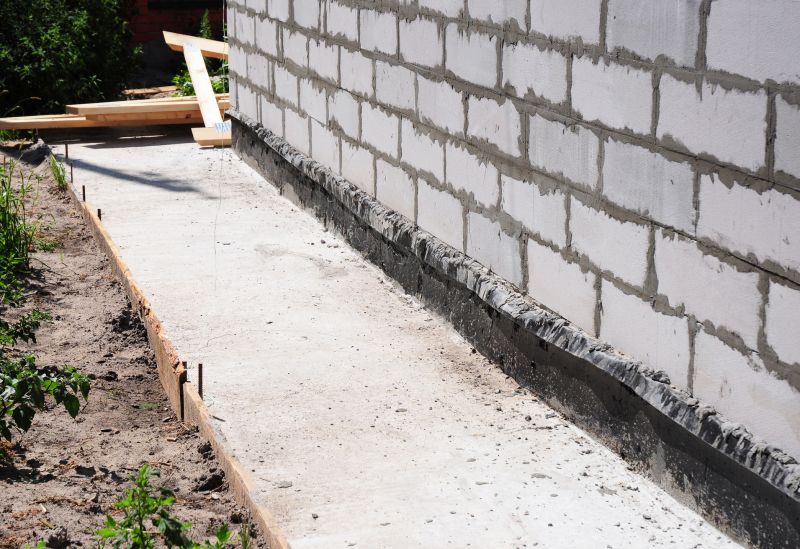
Lower-waste or water-saving choices for Foundation Repairs.

The short, realistic tool list for quality Foundation Repairs.
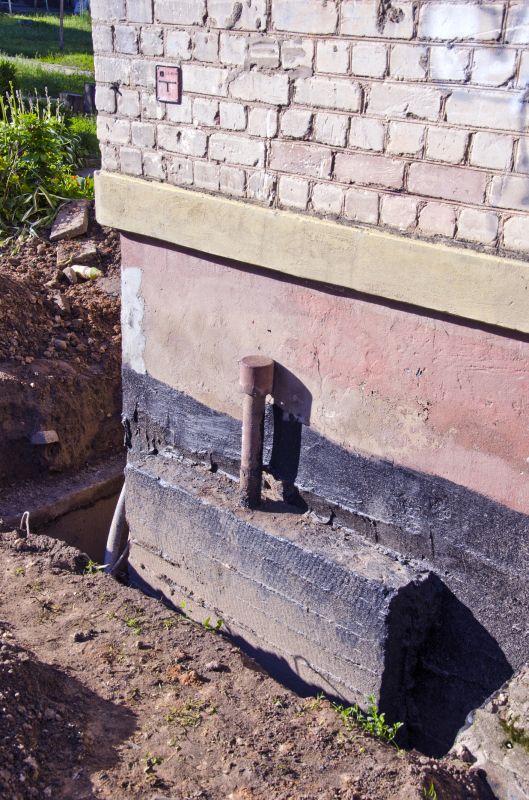
Rough timing from prep to clean-up for Foundation Repairs.
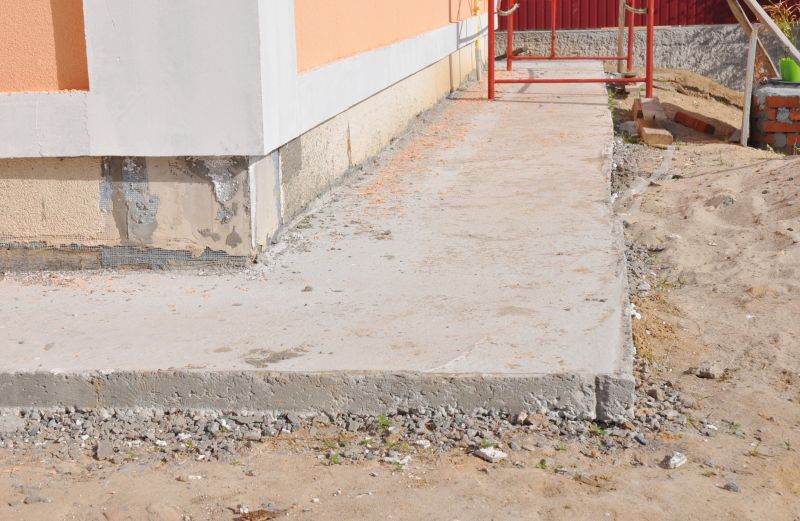
Quick checks and paperwork to keep after Foundation Repairs.

Examples that show the impact a good Foundation Repairs can make.
Interested property owners in Goshen, IN, can consider foundation repairs during suitable seasons to ensure the best results. Proper timing, combined with professional assessment, can help maintain structural stability and prevent future damage. Filling out the contact form provides an opportunity to discuss options and schedule inspections when conditions are most favorable.

